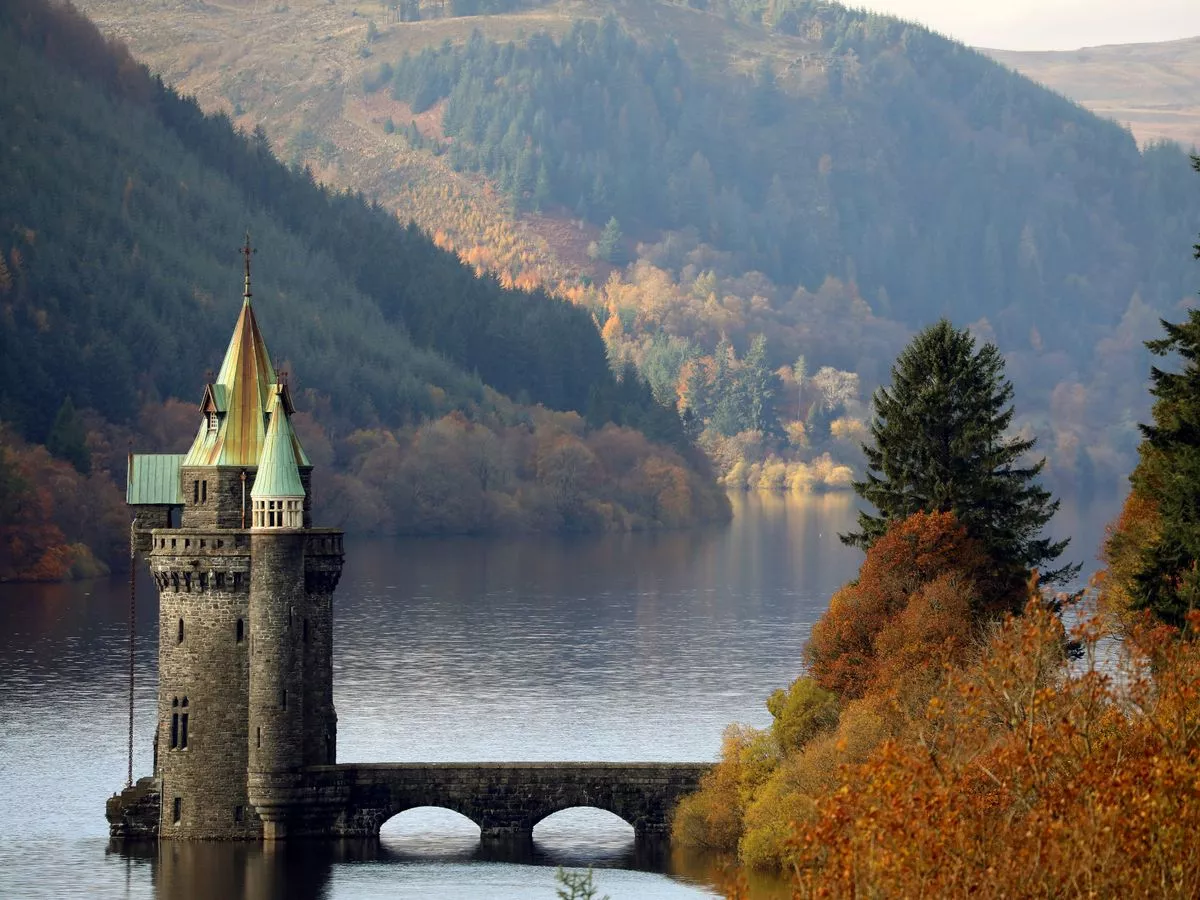By Ruth Mosalski
Copyright walesonline

A fourth national park is being proposed for Wales. The plan is for the Glyndwr national park to stretch from the coast in Prestatyn in Denbighshire and through Flintshire , Wrexham and north Powys. It would include places like Lake Vyrnwy, the Clwydian Range and Pontcysyllte Aqueduct. It isn’t the first time the proposal has been made, but the potential boundary for where the park would be has been changed. Part of Powys has been removed, and Gronant and Talacre Dunes have been reinstated. A consultation, which lasts until December, has been launched and people are asked to submit their views , which have been mixed thus far. Read the biggest stories in Wales first by signing up to our daily newsletter here. The Welsh Government has said if a new national park was created, the existing three – Eryri, Pembrokeshire and Bannau Breichiniog – would not be impacted financially, nor would the council areas which would be home to the new park. Natural Resources Wales (NRW), which is leading the consultation, says it will provide legal safeguards for natural beauty, wildlife and cultural heritage, protecting them from inappropriate development. As national parks receive direct funding, NRW says a designated national park would receive more money because more is made available compared to an area of outstanding natural beauty. There can be better use of land within a park, the environmental agency says, and it can boost tourism, health and culture. A pros and cons document published as part of the consultation also explains the potential downsides, saying that an increase in tourism which can add pressure to local communities. It can also increase house prices in the area, and cause planning restrictions. There are also potential issues with access and admin. The name Glyndwr recognises the last Prince of Wales, Owain Glyndŵr. A report compiled to discuss potential names of the park explains: “The advantages of using this name for the proposed national park are as follows. Glyndŵr was from the northeast, and lived at Sycharth, within the boundaries of the park. “His surname, Glyndŵr, is a variant form of Glyndyfrdwy, one of the constituent regions of the park, and his rebellion began in the northeast. In recent years there has been an explosion of interest in Glyndŵr, and as a result the use of this name would give the park instant name-recognition and localbuy-in. “The disadvantages are as follows: Glyndŵr, for obvious reasons is closely associated with the desire for independence. “With the growth of the independence campaign over the past decade the independence debate has entered the forefront of Welsh politics and there would therefore be a risk that naming the park after Glyndŵrwould lead to accusations of a pro-nationalist bias” A previous engagement exercise in 2023 found 51% of those asked were in favour of a new park, with 42% against. Wales’ existing national parks attract more than 12 million visitors a year who spend a combined amount totalling more than £1bn. The parks have their own authority, with power to make planning decisions. In 2024, the Welsh Government provided a combined £11m in funding for the three parks. Programme manager for NRW, Ash Pearce, said: “This is a once-in-a-generation opportunity to protect nature, support communities, and shape a better future for this stunning part of Wales. “We know change can be difficult, but with the right approach, a new National Park could bring real benefits for people, wildlife and the local economy.”



